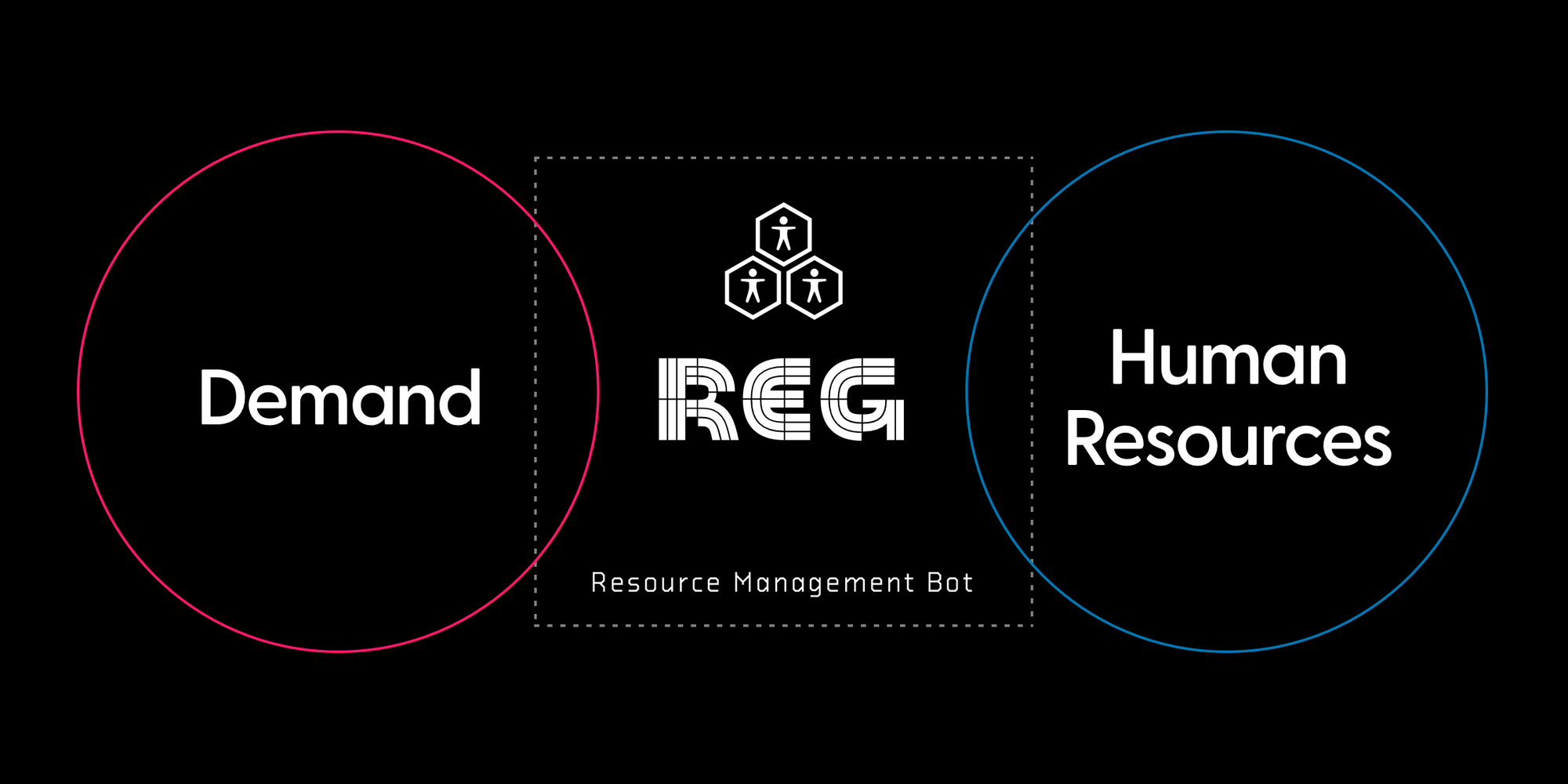The Challenge / Background
Organisations of any size will inevitably carry a backlog of open tasks that are required to be processed and completed. Customer Service departments epitomise this challenge as they receive wide ranging requests via different channels, there is the requirement to understand overall demand, skills required and relative priorities for each task when compared to adjacent activities. Get this right and customer satisfaction naturally increases as service expectations are consistently delivered, the consequences of getting this wrong is well documented, both from diminished customer loyalty and employee fatigue.
For the more modest business operation it may be practical to manage this on manual basis, but this still requires continual re-evaluation of the facts to ensure good levels of service and is at the risk of both honest mistakes and deliberate abuse. Added to this the knowledge for managing this challenge are often vested in a single individual, ultimately creating a weak link in the business process.
Naturally as the size and complexity of a Customer Service operation increase the practicalities of achieving any form of consistency are diminished as tasks are inevitably distributed into silos, each of which will require their own individual expert, introducing both variance and a loss of the holistic visibility.
Introducing REG
To tackle this very challenge, Lokulus have developed a state of the art, AI powered BOT that is affectionately referred to as REG. REG has the capability to effortlessly scale from the smallest business operation through to largest enterprise that requires the simultaneous management of hundreds of thousands of active tasks combined with thousands of users, all day, every day.
As previously discussed, to optimise the throughput of tasks a deep understanding of both the demand (task queue) and the available workforce are required.

Data Points
REG incorporates multiple data points into the decision rules when evaluating how tasks are effectively resourced.
On the demand side, these data points include:
Channel – typically, different channels (email, chat, letter, social media etc.) require both uniquely different prioritisation and the requisite skills to action
Brand – organisations that operate multiple brands may wish to differentiate on service level or allocate to specific human resources groups
Language – the customers language the customer may determine the resource type
Process Type – what type of activity is to be completed, this could also encompass a sub-activity that requires a different skill, such as an authorisation of a previous process step
Data points for human resources typically mirror those on the demand side, with the opportunity to define primary and secondary skills to support virtual resource switching as demand dictates.
Task Allocation Logic
REG continually monitors the status of human resources and as they become available for work evaluates in real time the demand to identify the most appropriate task for them to complete based upon their profile. As the urgency to resource tasks rises in certain skill groups, REG can automatically reallocate less utilised resources from other skilled areas to fulfil these spikes, progressively releasing them back to their original tasks as the spike declines.
REG considers a range of factors when determining the next best task for an available resource, the principle elements being the allocation algorithm, work determination and user load balancing.
The allocation algorithm is generally set to suit an organisations operating principles and is one of:
Lowest SLA – Allocates work items ordered by how close each work item is in age to breaching its service level agreement [SLA] target in elapsed time, ignoring whether the intervening days were working or non-working according to the brand calendar (identifies working shift patterns)
Standard – Allocates work items using the same order as Lowest SLA, but also taking into account channel ordering. Under this algorithm REG can pass more than one task to a user concurrently
Oldest – Allocates tasks ordered by age as calculated in elapsed time, oldest first, ignoring whether or not the intervening days were working or non-working according to the brand calendar
FIFO – 'First In First Out' REG orders work purely on its order of receipt, no sorting, ordering or considerations of SLA are applied
Working Days – Allocates tasks ordered by age as calculated in SLA days, oldest first, taking into account whether or not the intervening days were working or non-working according to the calendar
Standard With Calendars – This is the standard algorithm but uses brand calendar information when calculating the effective SLA
Lowest SLA With Calendars – This is the lowest SLA algorithm but uses calendar information when calculating the effective SLA
Working Days With SLA – This is based on the Working Day algorithm but uses the Age in Working Days adjusted by the SLA (converted to Working Days) to order the taskss. Where two tasks have the same ordering the one with the lowest SLA is offered first
The work determination element controls how subsequent tasks are allocated to a user after their initial task, the principle benefit derived being that similar tasks for the same customer can be worked out of sequence whilst the user retains contextual knowledge of the customer or case.
There are three types of work determination:
Standard – Does not invoke any case or customer affinity rules
Customer (or case) Affinity – If the task previously worked on by a user has further queued tasks for the same customer (or case), REG allocates subsequent tasks to the same user ignoring any allocation algorithms
The principles of the user load balancing element are to determine how tasks are allocated amongst users when the workload is low and there is a choice of available users. There are two types of user load balancing:
None – Allocate work to the first available users who can work on a task type without comparing workloads of any other users
Standard– Compare the recent workload of all available users who can work on a task type and allocate the task to the user with the least demand
The Benefits of REG
The Right Task. The Right Person. The Right Time
REG works with a pool of resources, such as a customer service department to answer the question "What should I do next?". Working with CAL our classification agent, REG understands "what" is the incoming demand. All tasks are analysed (by CAL), understood and organised to fit into an organisations business's priorities. REG combines this with a unique view of business service targets to ensure that the human resource pool are focused on delivering the very best experience.
Better Efficiency
When trying to provide the best customer service, human resources are your greatest asset, and REG is there to make an organisation as efficient as it can possibly be. Instead of wasting valuable resources trawling through lists of enquiries, REG instantly, and effortlessly takes on the responsibility of "pushing" the most important tasks.
Employee Satisfaction
The fact that REG works in the background, allows your team members to focus on what’s important: servicing customers. Team members can focus all their attention on resolving customer enquiries and Team Leaders can spend their time reviewing performance and working with REG to make the process even more efficient.

